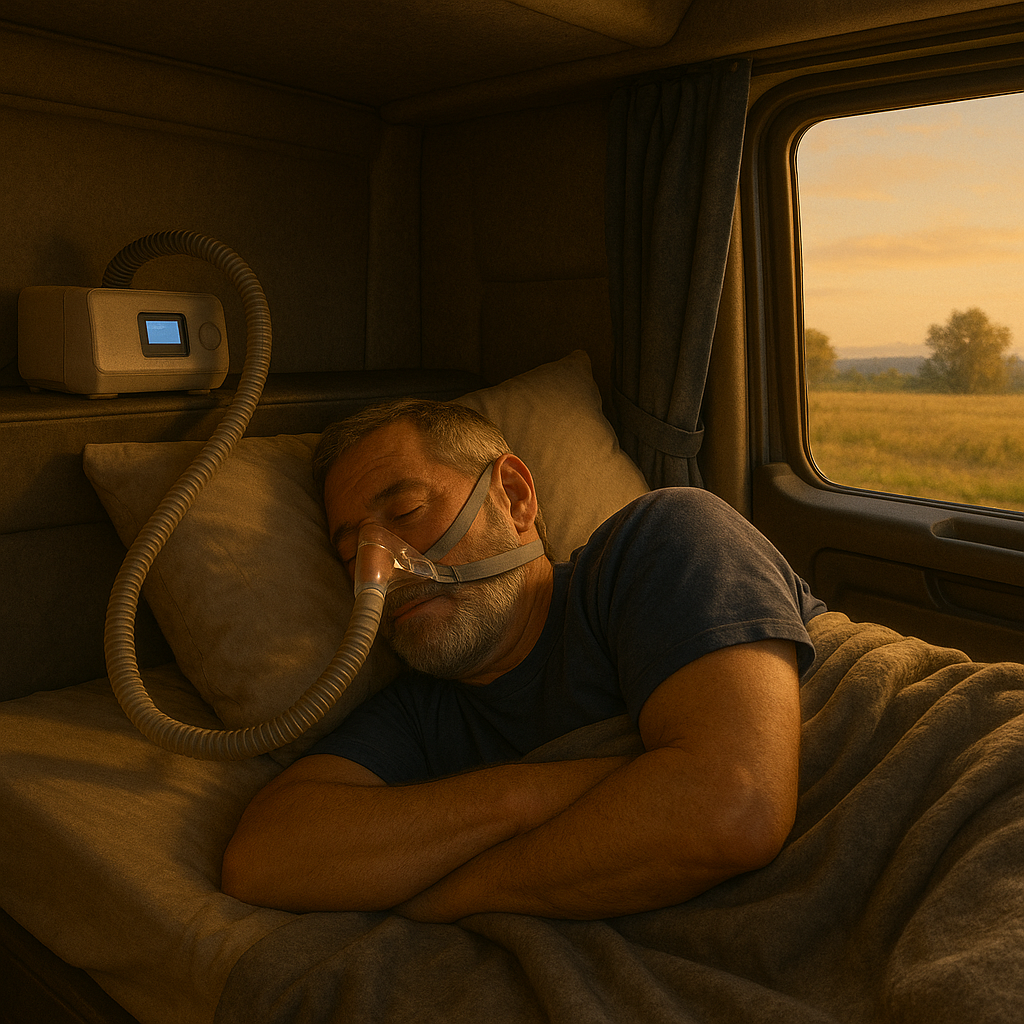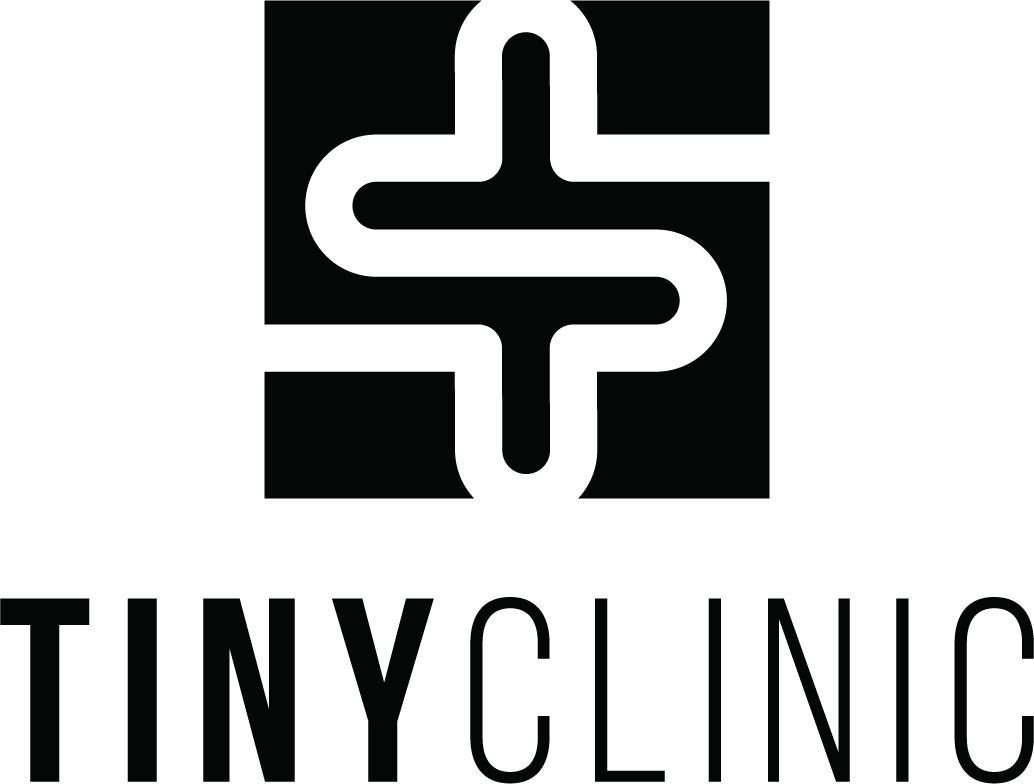Sleep Apnea: Explained

Understanding Sleep Apnea: What Every Truck Driver Needs to Know About DOT Expectations
Sleep apnea is a common but often undiagnosed sleep disorder that can have serious implications for anyone behind the wheel, especially professional truck drivers. The Federal Motor Carrier Safety Administration (FMCSA) doesn’t explicitly require every driver to undergo a sleep apnea test during their DOT physical, but under the Pulmonary Standard, medical examiners have the authority to order further evaluation when risk factors are present. Here’s what you need to know to stay safe, healthy, and DOT‑compliant.
What Is Sleep Apnea?
Sleep apnea is characterized by repeated interruptions in breathing during sleep. The most common form, **obstructive sleep apnea (OSA)**, occurs when the muscles at the back of the throat fail to keep the airway open, even as the diaphragm and chest muscles work harder to breathe. Each pause in breathing can last from a few seconds to over a minute, reducing oxygen levels and disrupting the sleep cycle. Over time, this leads to fragmented sleep and excessive daytime sleepiness—an especially dangerous symptom for those operating heavy vehicles.
Why Truck Drivers Are at Higher Risk
Several factors increase the likelihood of OSA among truck drivers:
Obesity: Higher rates of obesity in the trucking community correlate with a greater risk of airway obstruction.
Age and Gender: Drivers over 40 and male drivers have a higher prevalence.
Neck Circumference: A neck size of 17 inches (men) or 16 inches (women) or greater is a red flag.
Multiple Medical Conditions: Hypertension, diabetes, hypothyroidism, and heart disease often accompany sleep apnea.
Lifestyle Factors: Smoking and alcohol use can further exacerbate airway collapse during sleep ([Sleep Better Des Moines][1]).
How Common Is Sleep Apnea Among Truck Drivers?
Studies have shown that OSA is surprisingly prevalent in the trucking population:
A systematic review reported that between 28% and 78% of professional truck drivers may have some degree of OSA ([ScienceDirect][2], [PubMed][3]).
In one clinical study, 40.1% of drivers had an apnea–hypopnea index (AHI) ≥5 events per hour (mild OSA), 16.2% had AHI ≥15 (moderate), and 7.2% had AHI ≥30 (severe) ([PubMed][3]).
Untreated OSA is linked to a significantly higher risk of fatigue‑related crashes, even when drivers don’t actually fall asleep at the wheel; diminished alertness alone can be deadly ([FMCSA][4]).
DOT Medical Guidelines and Sleep Apnea Expectations
While the FMCSA does not mandate universal sleep apnea testing during the DOT physical, examiners follow the **Pulmonary Standard** under 49 CFR § 391.41, which states that any condition “likely to interfere with the driver’s ability to operate a commercial motor vehicle safely” warrants further evaluation. In practice, many medical examiners use consensus recommendations such as a BMI cutoff of 35 to trigger a sleep study referral. One expert panel noted that applying this threshold would require temporary certification pending evaluation for about 41.9% of drivers ([FMCSA][5]).
Meeting DOT Requirements: Screening and Treatment
1. Self‑Assessment:If you recognize risk factors or notice symptoms—loud snoring, gasping for air at night, or daytime drowsiness—mention them during your physical.
2. Sleep Study : If referred, attend a certified sleep clinic for overnight monitoring of breathing, oxygen levels, and sleep stages.
3. Treatment Options:
Continuous Positive Airway Pressure (CPAP):** The gold standard; ensures your airway stays open, greatly improving sleep quality.
Oral Appliances: For mild cases or CPAP intolerant drivers.
Lifestyle Changes:Weight management, avoiding alcohol before bedtime, and quitting smoking.
4. Follow‑Up: Provide your Medical Examiner with documentation of your sleep study results and ongoing treatment compliance (e.g., CPAP usage reports).
5. Stay Proactive:Even if you’re not flagged during a physical, be mindful of any new symptoms and discuss them with your healthcare provider.
Why It Matters
Adhering to DOT sleep apnea expectations isn’t just about passing your physical—it’s about your safety and that of everyone on the road. Effective diagnosis and treatment substantially reduce crash risk, improve overall health, and keep you on the road with the longest possible certification.
[1]: https://sleepbetterdsm.com/sleep-apnea-and-dot-requirements/?utm_source=chatgpt.com "Sleep Apnea and DOT Requirements - Sleep Better Des Moines"
[2]: https://www.sciencedirect.com/science/article/pii/S1389945721001210?utm_source=chatgpt.com "Prevalence of sleep apnea and daytime sleepiness in professional ..."
[3]: https://pubmed.ncbi.nlm.nih.gov/33676284/?utm_source=chatgpt.com "Prevalence of sleep apnea and daytime sleepiness in professional ..."
[4]: https://www.fmcsa.dot.gov/sites/fmcsa.dot.gov/files/docs/Driving-Sleep-Apnea_508CLN.pdf?utm_source=chatgpt.com "[PDF] Driving When You Have Sleep Apnea"
[5]: https://www.fmcsa.dot.gov/sites/fmcsa.dot.gov/files/docs/Sleep-MEP-Panel-Recommendations-508.pdf?utm_source=chatgpt.com "[PDF] Expert Panel Recommendations, Obstructive Sleep Apnea and ..."



